Spec-Driven Development: The Key to Scalable AI Agents
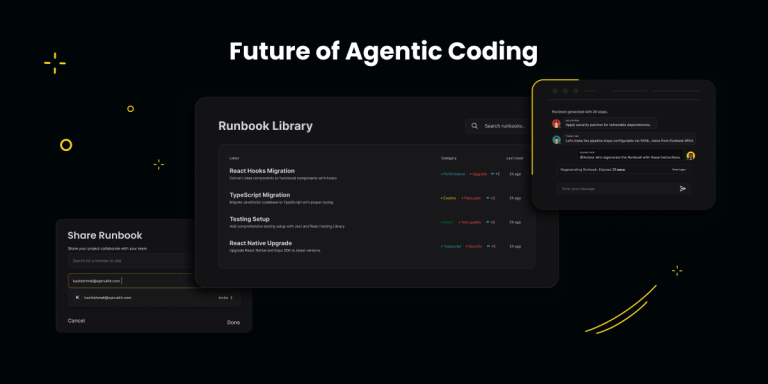
Spec-driven development is not a choice but a necessity as we move from vibe coding a cool app to building real-world brownfield projects.

Spec-driven development is not a choice but a necessity as we move from vibe coding a cool app to building real-world brownfield projects.

Building software with AI agents isn’t a solo sport, especially when projects touch multiple repos, services, and prompt engineering knowledge.
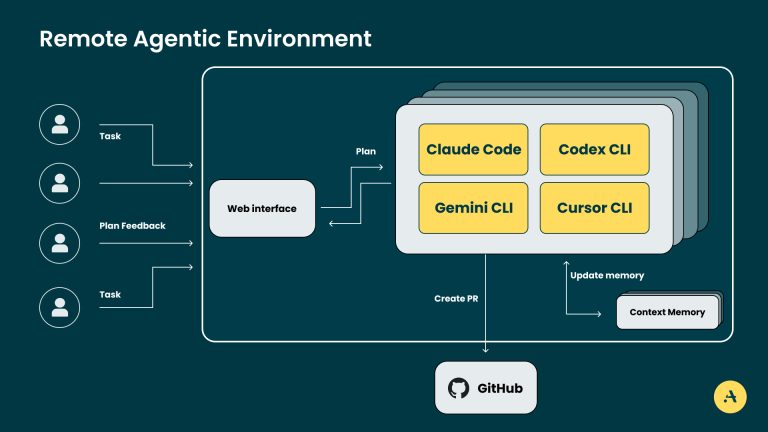
Runbooks capture context from repositories or code reviews, combine it with the team's AI prompting knowledge and get smarter with each use.

AI is a developer productivity force multiplier, but poor documentation, unclear ownership and fragmented tooling don’t magically disappear with AI.
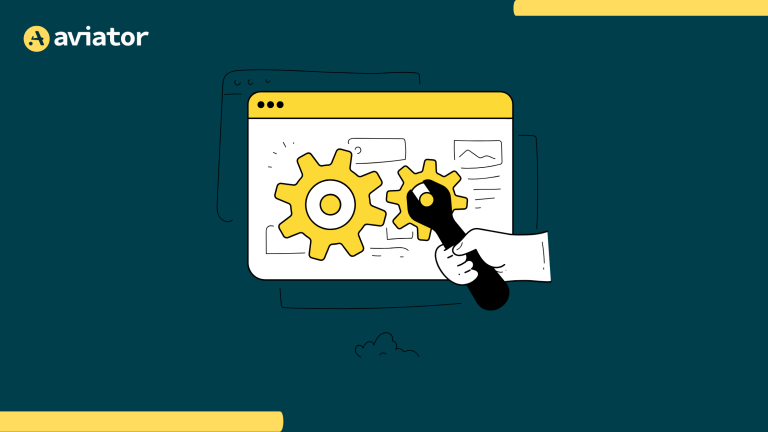
Developers’ workflows are fragmented, knowledge is siloed, ownership unclear, and coordination work is eating away at the time saved by AI.

Systemic engineering bottlenecks won’t disappear by just throwing AI at them. You’ve got to fix the roadblocks to realize the full value of AI tools.
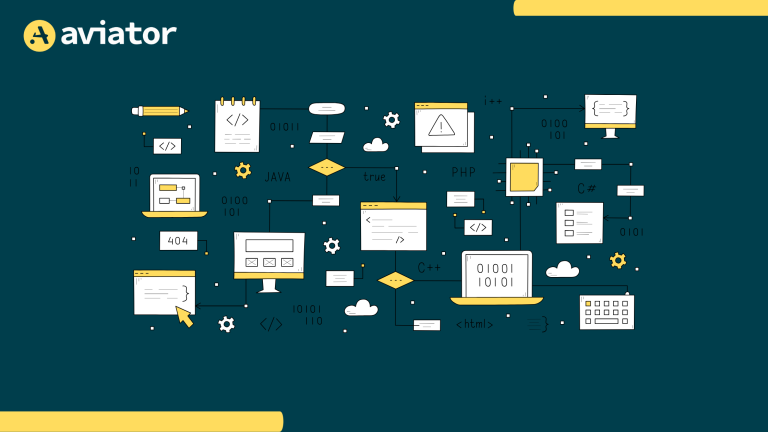
Developer experience was about making developers happy. AI experience is about shortening the loop without loss of safety.

If you’re helping developers ship software with less friction, congratulations, you’re already doing some form of platform engineering.

Instead of building shiny dashboards, let’s focus on automated workflows across the entire SDLC – development, code reviews, builds, tests, and deployments.

Many IDPs function as passive portals, adding complexity without real developer benefit.

Do we really need another blog talking about monorepos and polyrepos? Maybe not, but let’s try a new take on this Star Wars Day!
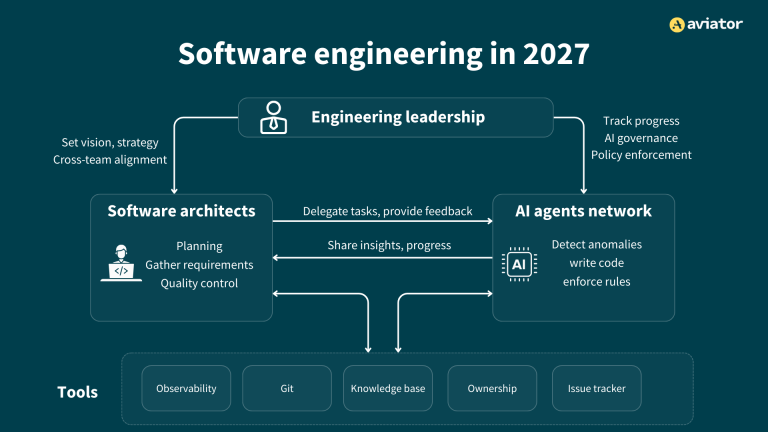
Instead of adding yet another hot take on whether vibe coding is real or if AI is about to replace software engineers, I wanted to take a shot at predicting what software engineering might look like in 2027.

Powered by WordPress